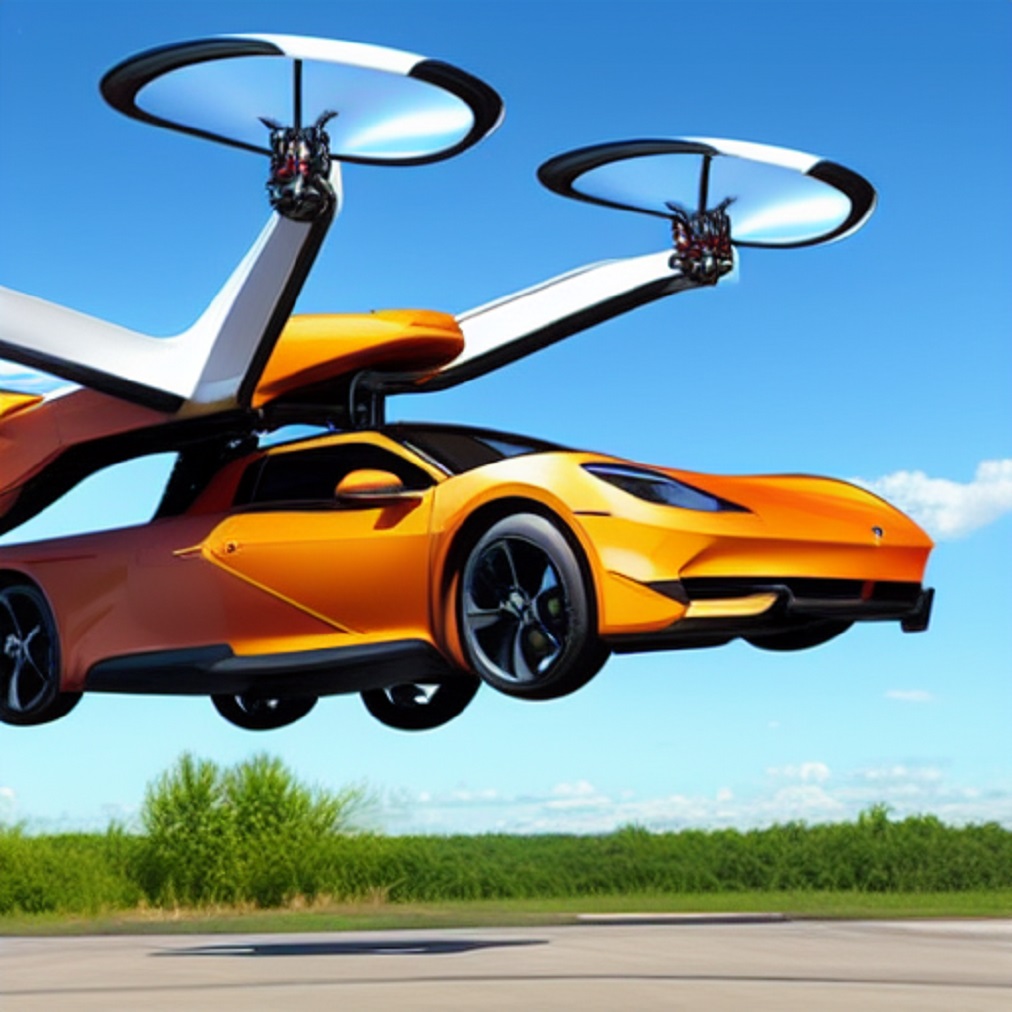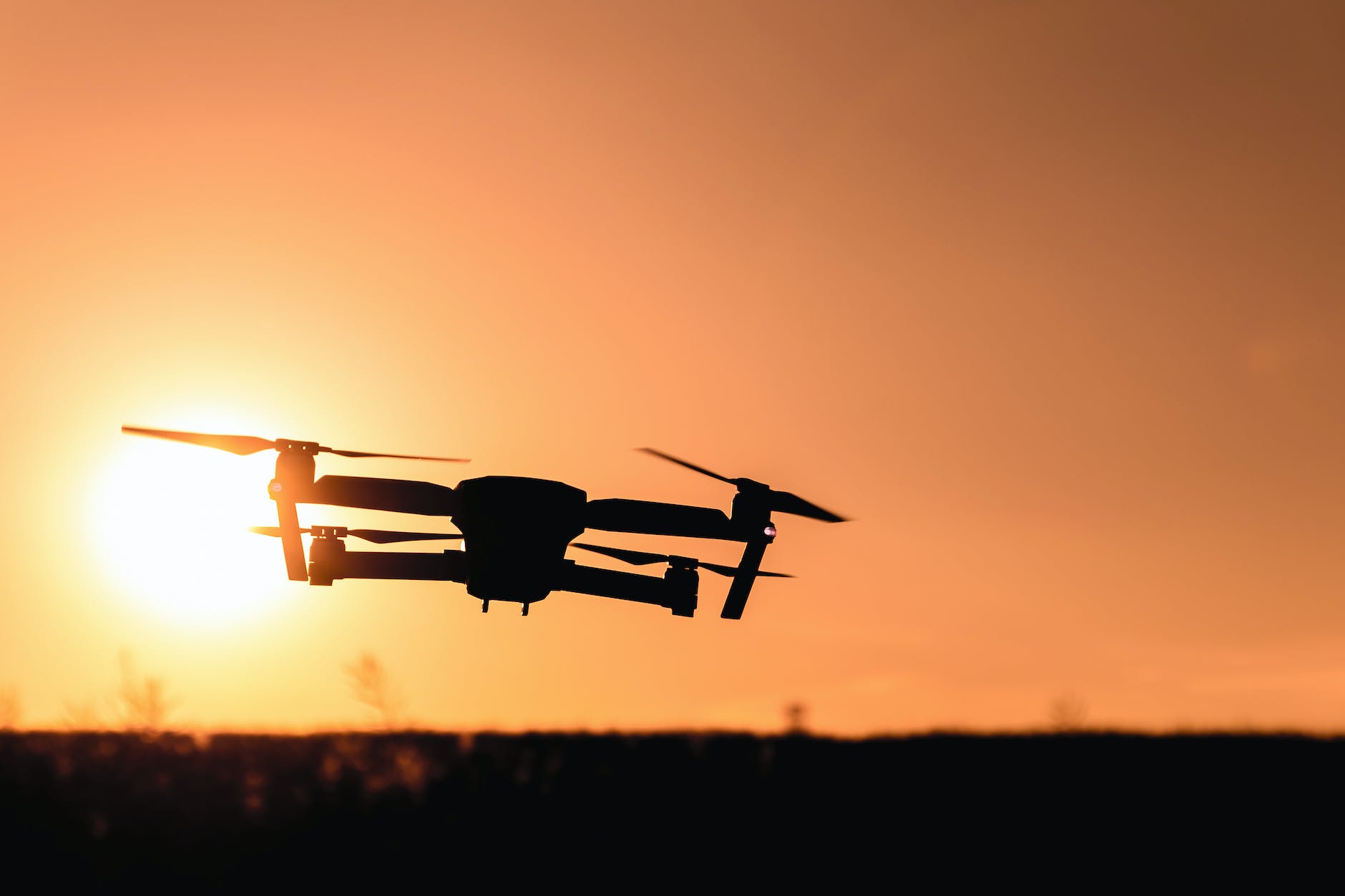
What year will flying cars exist?
What year will flying cars exist
What year will flying cars exist? There has been a lot of buzz around flying cars lately, and many companies are investing in research and development to make it a reality. In this blog post, we will explore the concept of flying cars, key players in the industry such as AeroMobil 4.0 and Klein Vision AirCar, regulatory challenges, and whether or not we can expect to see flying cars become a regular part of our lives in the future. So buckle up and get ready to take off on this exciting journey into the world of flying cars!

Understanding the Concept of Flying Cars
Flying cars have fascinated people for decades. These vehicles combine the capabilities of a car and an aircraft, with vertical takeoff and landing. However, creating a safe and practical flying car presents challenges such as airworthiness certification and new regulations for aviation safety. Despite these challenges, progress has been made with prototypes like AeroMobil and Klein Vision AirCar showcasing the potential of this technology. However, regulatory issues, environmental impact, and transportation concerns need to be addressed before flying cars can become a reality. The future holds both excitement and uncertainty as the industry works towards this dream.
The Advent of Flying Cars
Flying cars have captivated our imaginations for decades, appearing in science fiction and popular culture. Although the development of flying cars is underway, there are still significant technical and regulatory hurdles to overcome. Both the aviation and automotive industries are investing in research and development, recognizing the potential for these vehicles to revolutionize transportation and create new industries. While a specific timeline for widespread adoption remains uncertain, advancements in technology are rapidly accelerating progress. The future of flying cars is taking shape, bringing us closer to a reality once only dreamed of, where we can travel hundreds of miles in the air.
Key Players in Flying Car AirWorthiness
Major companies like Uber, Boeing, and Airbus, along with startups such as Terrafugia, PAL-V, and AeroMobil, are investing in general aviation technology, including flying car technology. Regulatory bodies like the FAA and EASA are developing guidelines for the certification and operation of flying cars. In addition, infrastructure such as landing pads, charging stations, and air traffic management systems will need to be developed. Though there are challenges to be addressed, experts predict that flying cars will become a reality within the next decade.
AeroMobil 4.0 and Its Contribution
AeroMobil 4.0, a leading player in the flying cars industry, is making significant contributions to showcase the potential of flying cars becoming a reality in the near future. This two-seater vehicle has the ability to transform from a car into a plane within seconds. With a range of up to 700 km and the capability to fly at speeds of up to 360 km/h, AeroMobil 4.0 is truly pushing the boundaries of innovation. Alongside Uber Elevate, Terrafugia, and PAL-V, AeroMobil 4.0 is paving the way for a new era of transportation.
The Vision Behind Klein Vision AirCar
The Klein Vision AirCar, designed by Slovakian engineer Stefan Klein, is a remarkable dual-mode car-aircraft vehicle. Its ability to transform from a road vehicle to an air vehicle within seconds sets it apart. The AirCar features a turbocharged engine and an advanced avionics suite, ensuring safe and efficient flying. With several successful test flights already completed, the AirCar is expected to be available for purchase soon. This visionary vehicle has the potential to revolutionize personal transportation and change the way we commute and travel with electric vertical take-off capabilities.
Regulatory Challenges to Overcome
Safety concerns and regulations pose significant hurdles for the development of flying cars. The integration of airspace management systems with existing air traffic control is crucial to ensure safe operations. Additionally, the construction of landing pads and charging stations with landing capabilities is necessary to support the infrastructure requirements. Establishing pilot training and licensing procedures will be essential to ensure competent operators. Finally, addressing public perception and acceptance is vital for the widespread adoption of this revolutionary mode of transportation. Overcoming these regulatory challenges is key to bringing flying cars into reality.
Role of NHTSA and FAA in Approving Flying Cars
To make flying cars a reality in the United States, the National Highway Traffic Safety Administration (NHTSA) and the Federal Aviation Administration (FAA) need to collaborate closely. While NHTSA will be responsible for ensuring the safety of flying cars, the FAA will oversee airspace management. This joint effort is crucial in addressing challenges such as air traffic control for both flying and ground-based vehicles. Additionally, environmental impacts and noise pollution must be considered. Achieving regulatory approval for flying cars will likely involve rigorous testing and certification processes. The NHTSA and FAA play pivotal roles in shaping the future of this innovative mode of transportation, with the European Aviation Safety Agency also playing a key role in ensuring safety standards are met.
Related Articles
- Flying Cars
- flying car Brands Make and Model
- flying car Books
- flying car drawings
- Roads for Flying cars
Will We See a Flying Car prototype in Our Lifetime?
It is challenging to predict when flying cars will become a reality. Many companies are working on developing the technology, but there are still hurdles to overcome. Limited use of flying cars may be seen in the next decade or two, but widespread adoption in our lifetime remains uncertain.
What Does the Future Hold for Flying Cars?
The future of flying cars is full of potential, but it may take several years before they become widely available. With companies actively developing this technology, including EVTOLs, there is hope that flying cars will revolutionize transportation and alleviate traffic congestion. However, overcoming technical and regulatory challenges is crucial for their realization. Continued innovation and investment will determine the future of flying cars.
What advancements in technology would need to occur for flying cars to become a reality?
Advancements in battery technology for power, sophisticated navigation and control systems, establishment of air traffic management regulations and infrastructure, and a shift in public perception towards acceptance of this new technology are necessary for flying cars to become a reality.
Conclusion
While the idea of flying cars may seem like a futuristic concept, recent advancements in technology have brought us closer to turning this dream into a reality. Key players in the industry, such as AeroMobil and Klein Vision AirCar, have made significant contributions in developing functional flying car prototypes.
However, there are still regulatory challenges that need to be overcome before we can see flying cars on our roads and in our skies. The National Highway Traffic Safety Administration (NHTSA) and Federal Aviation Administration (FAA) play crucial roles in approving the safety and regulations surrounding flying cars, including the airworthiness certificate in countries like Slovakia.
While it’s difficult to predict exactly when flying cars will become a part of our everyday lives, it is clear that we are headed towards a future where this technology is more accessible and commonplace. Stay tuned for further updates and advancements in the exciting world of flying cars.
Don’t forget to Follow on Instagram, Facebook, Twitter, and Pinterest

